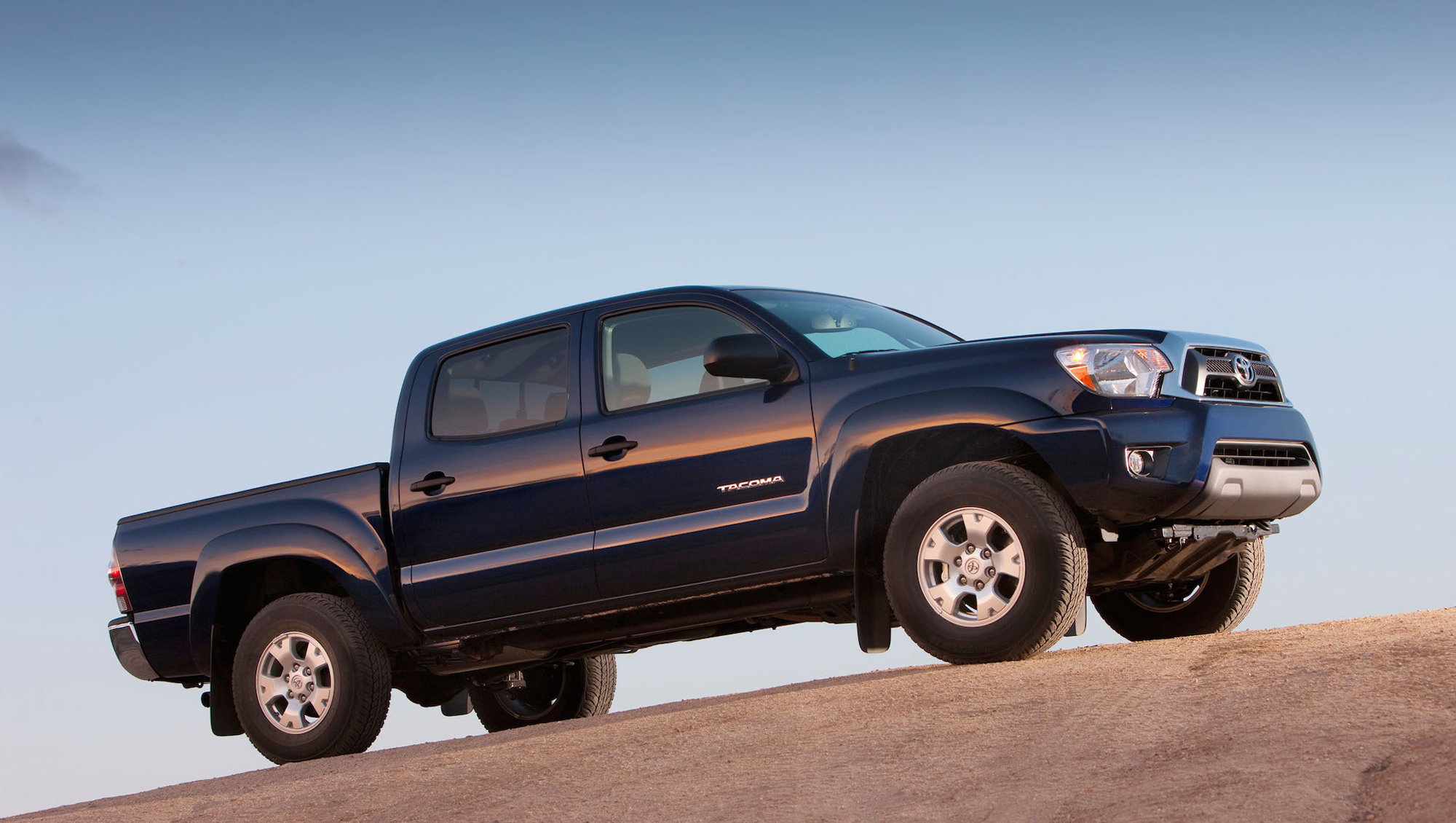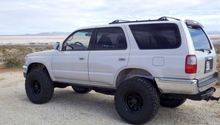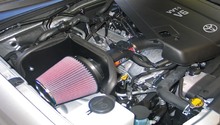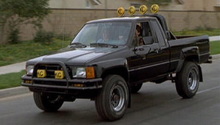Toyota Tacoma and Tundra: Buying Guide
The (1995-2005) Toyota Tundra and Tacoma are top sellers. Here's why, and what you should also be on the look out for when making your purchase.
This article applies to the Toyota Tundra and Tacoma (1995-present).
While two exceptional trucks by both consumer and industry standards alike, the Toyota Tundra and the Toyota Tacoma have some noticeable differences. For example, the Tacoma offers higher gas mileage in both the city and on highway and features a slightly higher seating capacity. However, the Tundra offers greater power on the road thanks to a high-capacity V-8 engine, as compared to the Tacoma with features a V-6 engine. The basic warranty for both vehicles is the same.
What to Look for when Buying a Tacoma
The Tacoma is known through and through as a "reliable" and "dependable" truck. Owners typically see it as an investment vehicle, noting its ability to last for 20 years or longer, depending on the level and consistency of maintenance carried out on the vehicle by the owner(s).When buying a Toyota Tacoma there are a few things you'll need to look for. For example: Does the truck require work?
- If so, generally speaking, the 2.7-liter (with either transmission) is easier and cheaper to complete work on and comes with higher gas mileage than the 3.4, which is also a good choice.
- When deciding between both vehicles, it's highly recommended that you strongly consider opting for a 2.7-liter engine, 5-speed transmission with extended cab.
- Once your 2.7-L Tacoma reaches the 150,000-mile marker, you could experience a small range of mechanical problems, including, but not limited to, torn CV joint boots as well as bad bushings and ball joints on the steering rack.
- Your timing belt and transfer case may also require attention around this time.

Figure 1. 2015 Toyota Tacoma. 
Figure 2. The Tacoma's engine is known for reliability.
What to Consider when Buying a Tundra
When it comes to towing ability, the Toyota Tundra is said to pull and brake like a 'champ.' However, some owners have reported ball joint problems. The lower joint is known to wear out more quickly than the upper joint. A safety recall was issued for select model years; check with your local Toyota dealer to see if you quality for a free replacement. Overall, the Tundra handles extremely well on and off the road and can tow large capacities with ease.

Scheduled Maintenance
Both trucks require regular engine oil and filter changes, which should take place every 5,000 miles. A (full) service appointment should be made every 30,000 miles, or as problems arise. All system fluids should be changed before they become dirty or run too low.
Common Questions
Any advice for replacing my timing chain guide rails?
Your original timing chain guide rails are made of plastic. However, it's highly recommended that you replace them with (upgrade to) a steel rail kit. This should be done when you replace your timing set. Doing so will eliminate excessive wear to the timing cover (and chain contacts), which is sure to happen (otherwise) over time.
Which truck wins out among consumers: the Double-Cab Tacoma or Double-Cab Tundra?
Look on any forum site and you'll see more Toyota owners rate the Double-Cab Tacoma more favorably than the Double-Cab Tundra. The Tundra is said to have a greater "towing" and "utility" capacity than the Tacoma, which is important considering the small difference in price.
Common Issues
Head Gasket
Overheating is a common issue for both vehicles. Look out for exceptionally high coolant consumption, low engine oil, and fluid leaks, which could lead to your engine oil becoming mixed with your coolant. See a Toyota-certified mechanic for immediate assistance.
Body Panel Corrosion
Body panel corrosion is common in both the Tacoma and the Tundra, particularly on the underbody of the trucks and all along the frame. Your best bet is to clean any salt residue from the underbody and use a rust reformer product to prevent future corrosion.
Loss of Power in Rear Window
This could be a switch issue or a problem with a motor that has overheated. The cable inside the door may also be broken. However, if you live in an exceptionally cold/icy area, the problem could simply be that your rear window(s) has frozen against the frame. If this is the case, your window regulator mechanism will need to be checked for permanent damage.
Related Discussion
- FAQs about Purchasing a Used Toyota 4x4 - Yotatech.com






